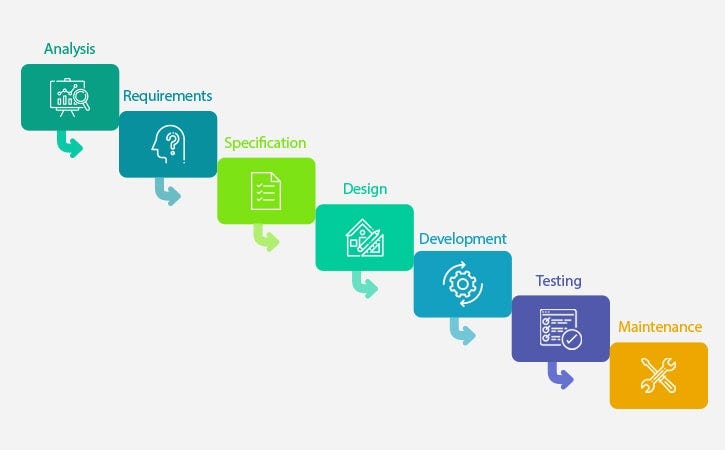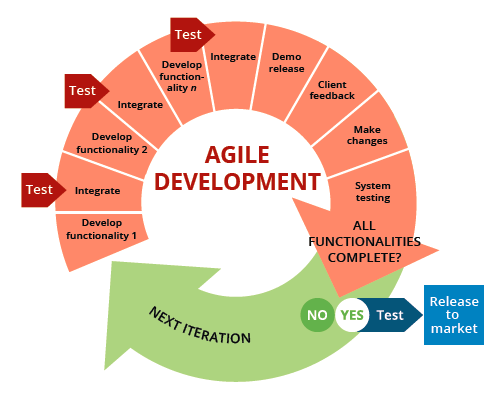Agile software development — also referred to simply as Agile — is a type of development methodology that anticipates the need for flexibility and applies a level of pragmatism to the delivery of the finished product. Agile software development requires a cultural shift in many companies because it focuses on the clean delivery of individual pieces or parts of the software and not on the entire application.

Benefits of Agile include its ability to help teams in an evolving landscape while maintaining a focus on the efficient delivery of business value. The collaborative culture facilitated by Agile also improves efficiency throughout the organization as teams work together and understand their specific roles in the process. Finally, companies using Agile software development can feel confident that they are releasing a high-quality product since testing is performed throughout development, providing the opportunity to make changes as needed and alert teams to any potential issues.

When you approach software development in a particular manner, it’s generally good to live by these values and principles and use them to help figure out the right things to do given your particular context.
One thing that separates Agile from other approaches to software development is the focus on the people doing the work and how they work together. Solutions evolve through collaboration between self-organizing cross-functional teams utilizing the appropriate practices for their context.

There’s a big focus in the Agile software development community on collaboration and the self-organizing team.What is agile methodology? Modern software development explained
Agile is a term used to describe approaches to software development emphasizing incremental delivery, team collaboration, continual planning, and continual learning, instead of trying to deliver it all at once near the end.
Agile focuses on keeping the process lean and creating minimum viable products (MVPs) that go through a number of iterations before anything is final. Feedback is gathered and implemented continually and in all, it is a much more dynamic process where everyone is working together towards one goal.
Agile Software Development that doesn’t mean that there aren’t managers. It means that teams have the ability to figure out how they’re going to approach things on their own.
It means that those teams are cross-functional. Those teams don’t have to have specific roles involved so much as that when you get the team together, you make sure that you have all the right skill sets on the team.
There still is a place for managers. Managers make sure team members have, or obtain, the right skill sets. Managers provide the environment that allows the team to be successful. Managers mostly step back and let their team figure out how they are going to deliver products, but they step in when the teams try but are unable to resolve issues.
When most teams and organizations start doing Agile development, they focus on the practices that help with collaboration and organizing the work, which is great. However, another key set of practices that are not as frequently followed but should be are specific technical practices that directly deal with developing software in a way that helps your team deal with uncertainty. Those technical practices are essential and something you shouldn’t overlook.
A Short History of Agile
Here is a look at how Agile emerged, how it acquired the label Agile, and where it went from there. It’s important to take a look at where Agile software development came from to get an understanding of where things are at today.


Such an Amazing and informative blog, We also shared such informative blog .If you are an explorer then must check our blog
ReplyDelete